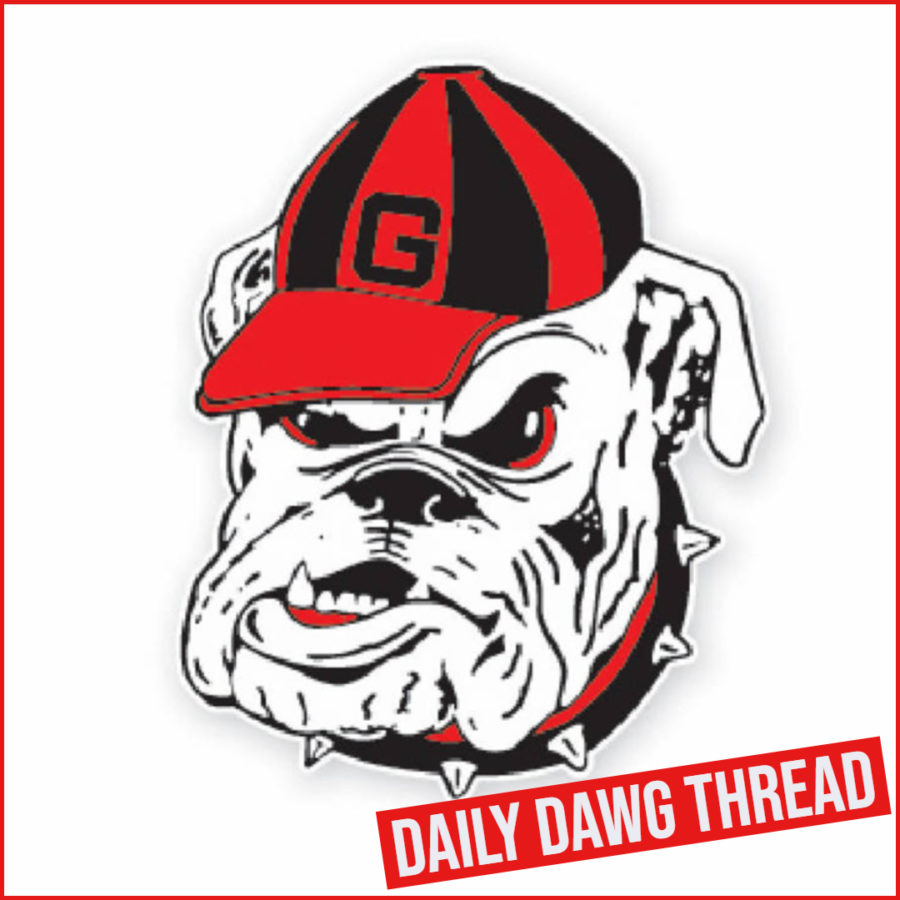
A Red Herring Rots from the Head
Fear-mongering about the certainty of name, image, and likeness (NIL) legislation is on the menu for Summer. In a recent piece in one of the myriad successors to the original Sports Illustrated franchise, Tony Barnhart explores a few of those fears and, to his credit, downplays their effect by citing the experience of NFLers. However, this quote may represent the more widely held opinion:
“This whole (NIL) thing has the potential to tear a locker room apart,” said one coach. “Football is a team game. What is going to happen when the star quarterback is driving a fancy car and has all this money from various deals? Are they going to block for this guy as hard as they did before?”
Of course, there will be jealousy. However, many of the guys being used as examples of potential hurt feelings are linemen. I can assure you that linemen are fully aware that they are invisible to most fans after playing one game of middle school level ball. Not literally, of course. Jordan Davis can never be invisible. Still, when asked about his role as Georgia’s nose, Jordan Davis replied with an answer that clearly shows the frame of mind that must be present to play in the trenches – “Two on me, somebody is free.” One must accept the anonymity of the middle. It has always been enough for the guys up front to provide team-play and let the guys behind you get the cheers and the big money. It is a fact of life.
Will there be complaints about the NIL earnings of so-called skill players from guys wearing jerseys with numbers starting with 5, 6, or 7? Sure! Will those complaints change NIL or delay its implementation? Not a chance! NIL, like Cost of Attendance payments, will burst onto the scene then fade from our collective consciousness over the next few seasons.
Offensive Geniuses Caused an Evolution in College Football?
The title of this article is an approximation of the apparent consensus among CFB writers’ attempts to explain the surge of offensive firepower that has been on display for a few year.
To begin let’s talk about evolution. As I understand it, evolution is a kinds slow process – think millenia. To assign the changes we have witnessed to a million generation of snails is fundamentally flawed. Offensively dynamic football like we currently see has not come gradually. In fact it came as a result of a single event – a rule change.
Did some offensive guru discover the holy grail of scoring while on a meditation retreat in Northern India (come to think of it, I could see Mike Leach spending time in a contemplative ashram)? Nope. He would have been wasting his time. Today’s RPO’s were impossible prior to 2016.
It is rare that a single event can bring fundamental change to a long-lived institution like CFB, but a rule change did just that. It was the the offensive lineman downfield rule. Sure, there it took innovative coaches to apply the rule change to its greatest advantage, but without the 3-yard downfield rule those same coach would still be trying to understand Mouse Davis.
The old rule stated that an O-lineman must not be more than one-yard past the line of scrimmage on a pass play, The new rule changed that distance to three yards. Not much of a change, right? Wrong, it is a momentous change. A huge difference that changed the basic structure of the game. This one little change allowed the run/pass option to exist in a way that was impossible before.
Here is one example: Linebackers, prior to the rule change, could read run/pass almost immediately after the snap because the OL opposite him could take only one step out of the stance at the snap – now that distance is three yards. That means that any defensive player who must read run/pass before reacting has to wait until the OL has reached his level before he can read run/pass.
This one rule changed the game almost overnight upon its implementation in 2016.
Evolution? No. Revolution? si!
Jump to Comments




 (@ADavidHaleJoint)
(@ADavidHaleJoint)